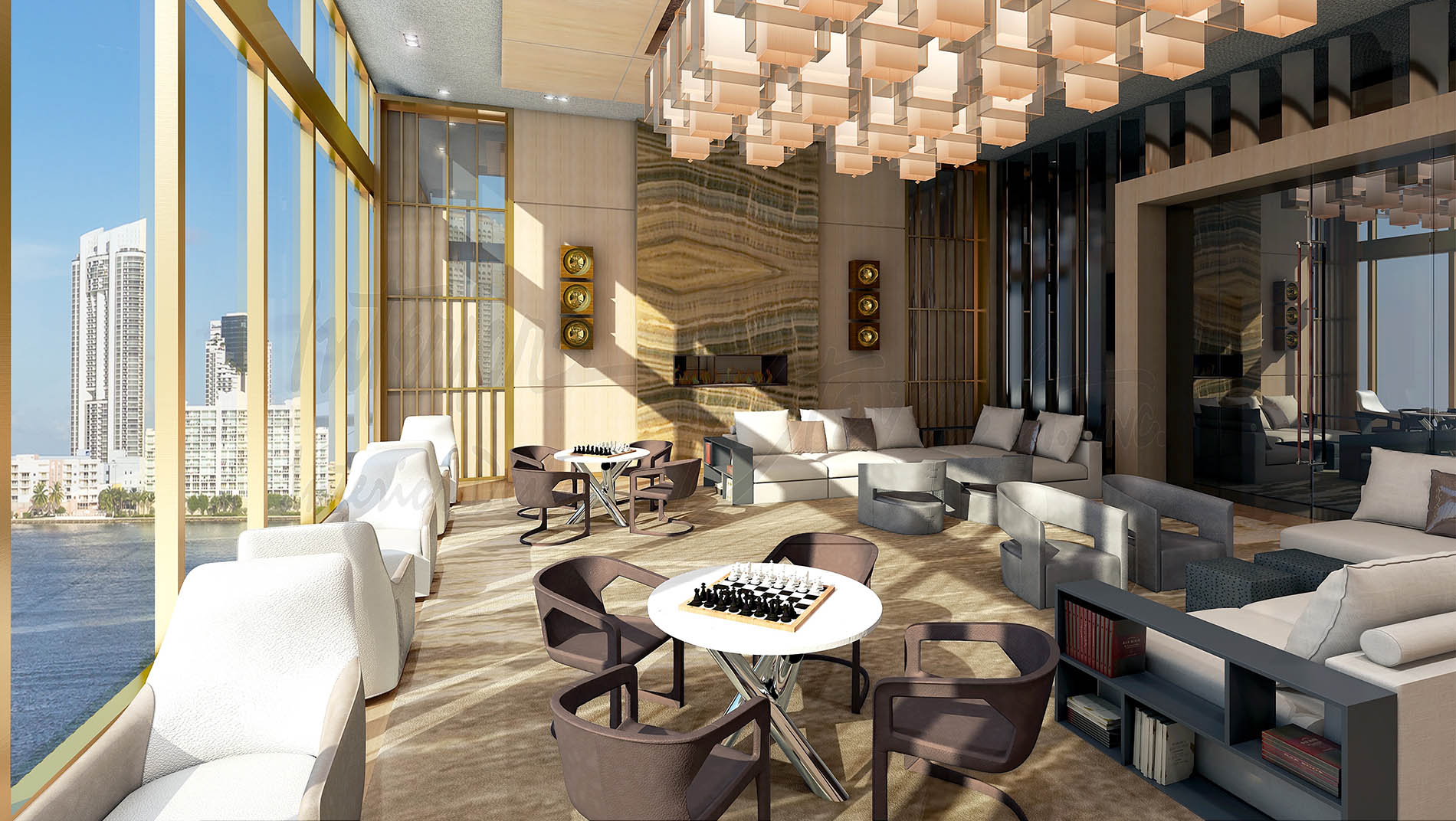
When it comes to creating memorable spaces that leave a lasting impression, top hospitality designers are at the forefront of innovative interior design trends. From luxurious hotels to trendy restaurants, these designers are constantly pushing boundaries and redefining what it means to create a captivating environment. Here are 10 inspiring interior design trends that are shaping the hospitality industry today.
1. Biophilic Design
Key features:
- Incorporation of natural elements such as plants, natural light, and water features
- Creating a connection between indoor and outdoor spaces
- Use of sustainable materials
Biophilic design is all about bringing the outdoors inside. By incorporating natural elements into interior spaces, designers are able to create a sense of harmony and tranquility that is both inviting and rejuvenating for guests.
2. Sustainable Practices
Key elements:
- Use of eco-friendly materials and resources
- Energy-efficient lighting and appliances
- Water conservation strategies
Sustainability is no longer just a buzzword in the design world—it's a necessity. Top hospitality designers are incorporating sustainable practices into their projects to reduce environmental impact and create healthier spaces for guests to enjoy.
3. Artisanal Touches
Characteristics:
- Handcrafted furniture and decor items
- Unique, one-of-a-kind pieces
- Supporting local artisans and craftsmen
Adding artisanal touches to interior spaces can bring a sense of authenticity and character that is hard to replicate. By incorporating handcrafted items into their designs, hospitality designers are able to create spaces that feel warm, inviting, and unique.
4. Minimalism with a Twist
Elements to look for:
- Clean lines and simple forms
- Statement pieces that add drama and interest
- Mixing modern and traditional elements
Minimalism doesn't have to mean sparse or boring. Top hospitality designers are embracing minimalism with a twist by incorporating bold accents, unexpected textures, and a mix of styles to create spaces that are visually striking yet still feel sleek and uncluttered.
5. Tech Integration
Technological features:
- Smart room controls for lighting, temperature, and entertainment
- Interactive displays and touch-screen interfaces
- Virtual reality experiences for guests
Technology is becoming increasingly integrated into interior design, especially in the hospitality industry. From smart room controls to virtual reality experiences, top designers are finding innovative ways to enhance guest experiences through tech-savvy design solutions.
6. Global Influences
Inspiration from:
- Far-flung destinations and exotic locales
- Ethnic patterns, textiles, and artwork
- Cultural traditions and customs
Global influences are making a big impact on interior design, with designers drawing inspiration from around the world to create diverse and culturally rich spaces. By incorporating elements from different cultures, designers are able to create environments that are both visually stimulating and emotionally resonant.
7. Retro Revival
Key elements of retro design:
- Nostalgic colors and patterns from past decades
- Vintage furniture and decor pieces
- Retro-inspired lighting fixtures
Everything old is new again in the world of interior design, as retro revival trends continue to gain popularity. From mid-century modern to 80s-inspired looks, designers are incorporating retro elements into their projects to add a touch of nostalgia and whimsy to contemporary spaces.
8. Wellness-focused Design
Design principles for wellness:
- Natural light and ventilation for better air quality
- Spaces for relaxation, meditation, and self-care
- Incorporating biophilic elements for mental well-being
Wellness-focused design is all about creating spaces that promote health and well-being. From calming color palettes to mindfulness zones, top hospitality designers are prioritizing wellness in their projects to ensure that guests feel refreshed, rejuvenated, and cared for during their stay.
9. Mix of Textures
Texture combinations to consider:
- Soft fabrics like velvet and silk juxtaposed with rough textures like concrete
- Mixing matte and glossy surfaces for contrast
- Incorporating natural materials like wood, stone, and metal
Textures play a crucial role in interior design, adding depth and visual interest to a space. Top designers are experimenting with a mix of textures to create dynamic and engaging environments that stimulate the senses and evoke emotional responses from guests.
10. Statement Ceilings
Ways to make a statement with ceilings:
- Architectural details like coffered ceilings or exposed beams
- Dramatic lighting fixtures or chandeliers
- Textured or patterned ceiling treatments
Ceilings are often an overlooked element in interior design, but they can make a big impact when given special attention. Hospitality designers are using statement ceilings to add drama, elegance, and visual interest to their projects, creating spaces that are truly memorable from top to bottom.